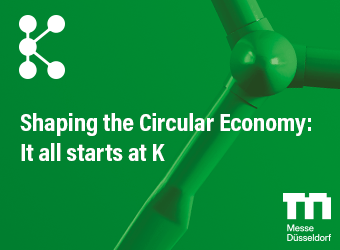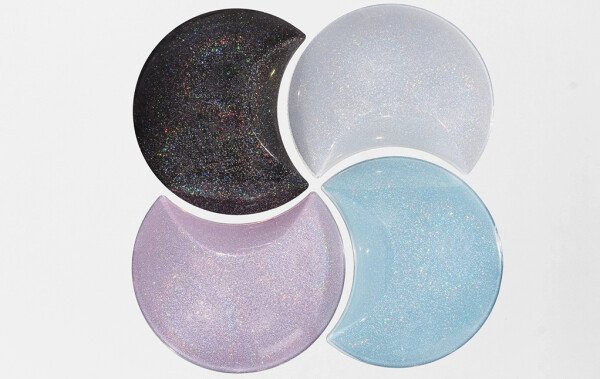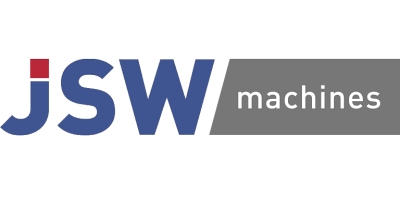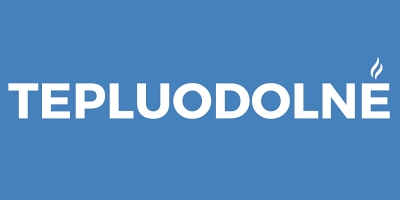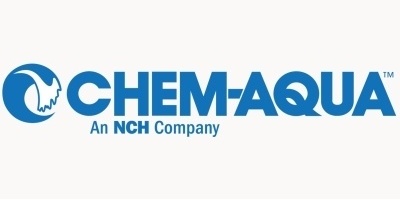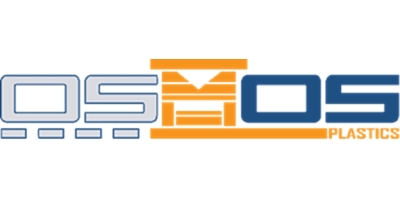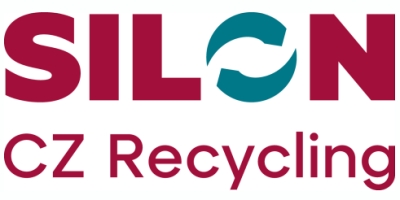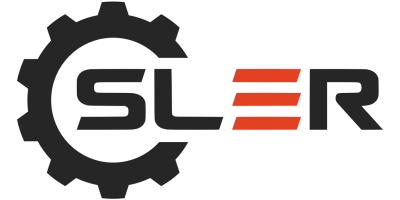Polymer prices - Falling polyolefin prices and wide price ranges create uncertainty
In the case of PPH Raffia and BOPP grades, the cheapest prices fell below import prices. But there is also a significant price decrease for HDPEs and LLDPE grades compared to the beginning of May. Surprisingly, LDPE shows stability, albeit on an end-May basis, as the significant price decline was as early as in May. However, for now, PVC continues to show the stability seen in recent months. Despite weak demand, PVC producers have not panicked and are currently attempting a roll-over.
The selling pressure on polymer manufacturers is certainly even greater than we imagined. Everyone learned the lesson, you have to price well in the first week. There was a polymer manufacturer that reduced its list prices by 90 euros. It has gone deep below its competitors, while also the higher price level has worked for competitors. Due to the significant price reductions, price ranges have widened, especially in the case of HDPE and PPH, where the difference between the cheapest and highest price could be as much as 200 euros. Since converters are working with low inventory levels, many have already purchased near the upper end of the price range in the past week. Others have waited, postponing purchases until the week ahead, until prices are clear.
In the coming week, price bands will narrow, and those who have stuck with their prices high will be forced to lower them. The final June prices are expected to be announced in the middle of the coming week.
Due to weak demand, many converters are in trouble and are waiting to buy. Further discouraged by falling prices, they are expected to make only minimal purchases in June. There is a chance that a vicious circle will develop and further falling prices will induce uncertainty and a decrease in demand.
With prices falling sharply and spreads turning negative, the supply side's reaction will be to cut back production and imports. Trading companies with a long tradition now prefer safe sales over quantity. So they tend to curb imports and reduce sales pressure. With negative spreads, we are likely to face quite a few FMs this summer. Announcements of permanent factory closures are also expected, primarily in the case of non-integrated polymer manufacturers. According to importers, it is no longer possible to make a profit at the current European price level. Only some North American manufacturers are willing to sell at this price level. For both North African and Middle Eastern producers, European prices are too low and they prefer not to sell here. All this may also result in a shortage of some important grades during the August-September demand recovery period. Just as there are now availability problems for example with some MDPE and HDPE IM grades.
-

myCEPPI
myCEPPI provides a weekly price report for commodity plastics.










